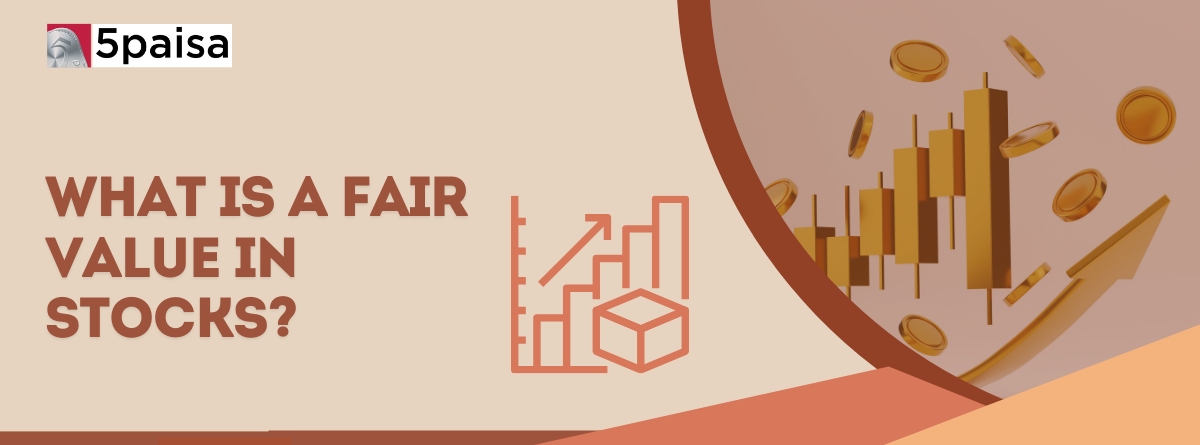Content
- What is Fair Value?
- Understanding Fair Value of Stocks
- Calculating Fair Value
- Fair Value Formula in DCF
- Fair Value vs Carrying Value
- Fair Value vs Market Value
- Advantages of Fair Value Accounting
- Factors Affecting Fair Value
- Examples of Fair Value in Practice
- Conclusion
Fair value of a stock is its estimated true worth based on various factors including earnings, assets and market conditions. It represents the price at which a stock should ideally trade, reflecting its intrinsic value. Investors compare the fair value to the current market price to determine if a stock is overvalued or undervalued. If the market price exceeds the fair value the stock may be considered overvalued if it’s below it may be seen as undervalued. In this blog we will cover what is fair value of a stock and fair value meaning and related questions.
More Articles to Explore
- Difference between NSDL and CDSL
- Lowest brokerage charges in India for online trading
- How to find your demat account number using PAN card
- What are bonus shares and how do they work?
- How to transfer shares from one demat account to another?
- What is BO ID?
- Open demat account without a PAN card - a complete guide
- What are DP charges?
- What is DP ID in a demat account
- How to transfer money from demat account to bank account
Disclaimer: Investment in securities market are subject to market risks, read all the related documents carefully before investing. For detailed disclaimer please Click here.
Frequently Asked Questions
Intrinsic value of a stock is its true worth based on fundamentals like earnings and growth potential rather than its current market price helping investors make informed decisions.
Time value of money is the principle that having money now is more valuable than having the same amount in the future. This is because money today can earn interest or grow over time, while future money might lose value due to inflation. This principle is important in making investment decisions as it highlights how the timing of cash flows matters.
Buying a stock at fair value may not yield significant gains. Consider other factors like growth potential, market conditions and your investment goals before deciding to purchase.
No, DCF isn't the only method for calculating fair value. Other methods like Net Asset Value approach can also be used to determine an asset's fair market value.



